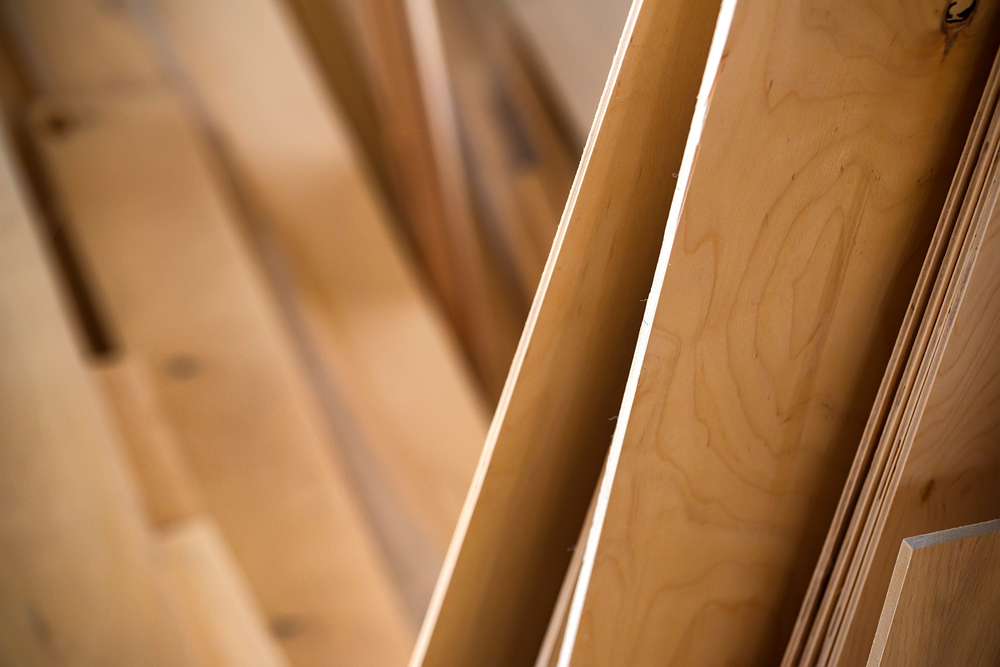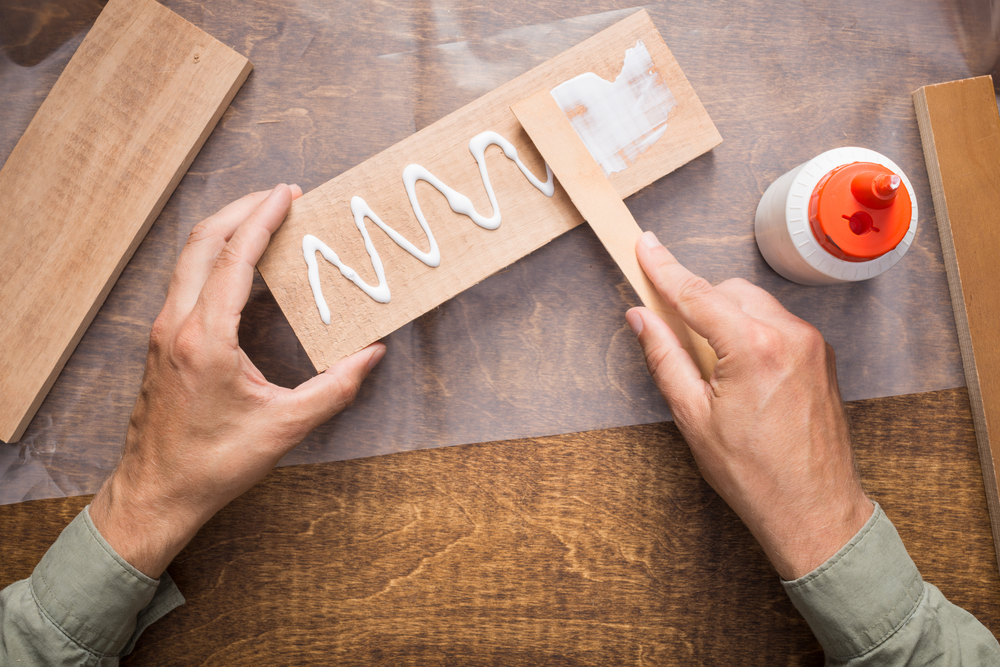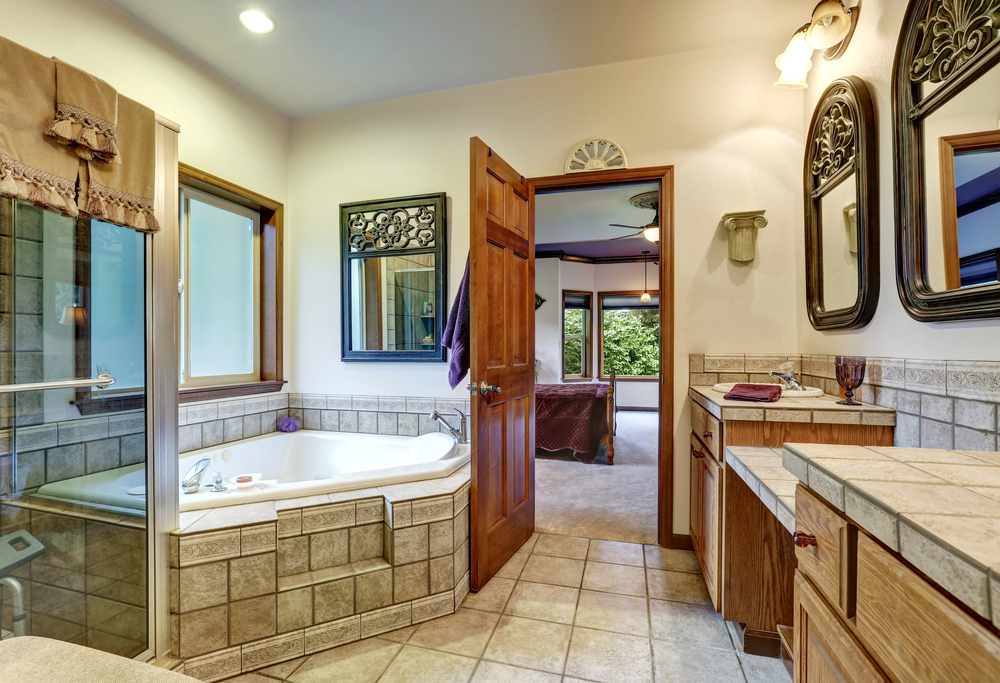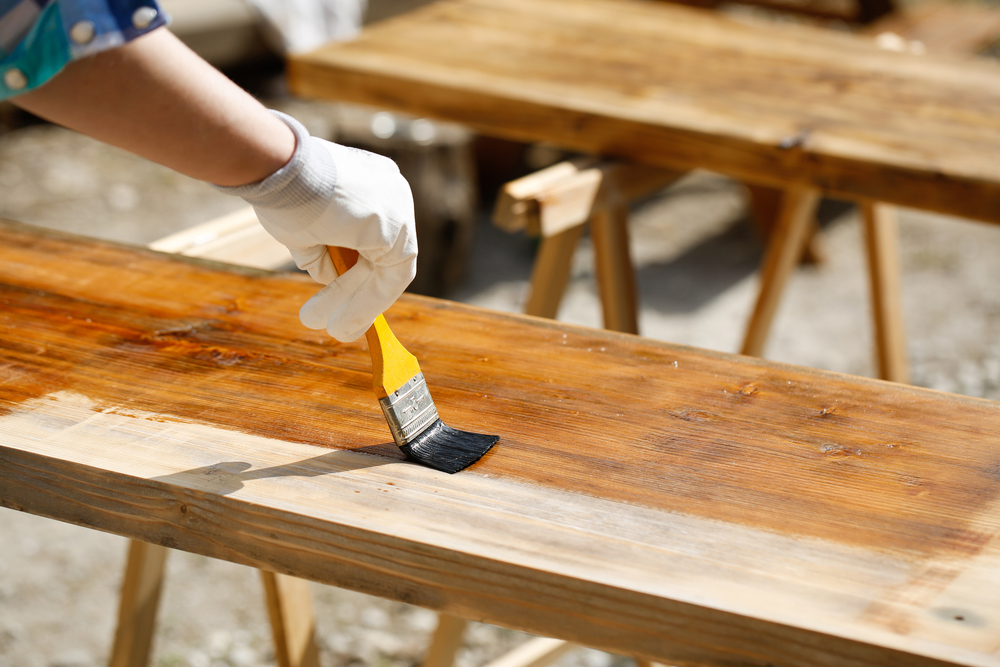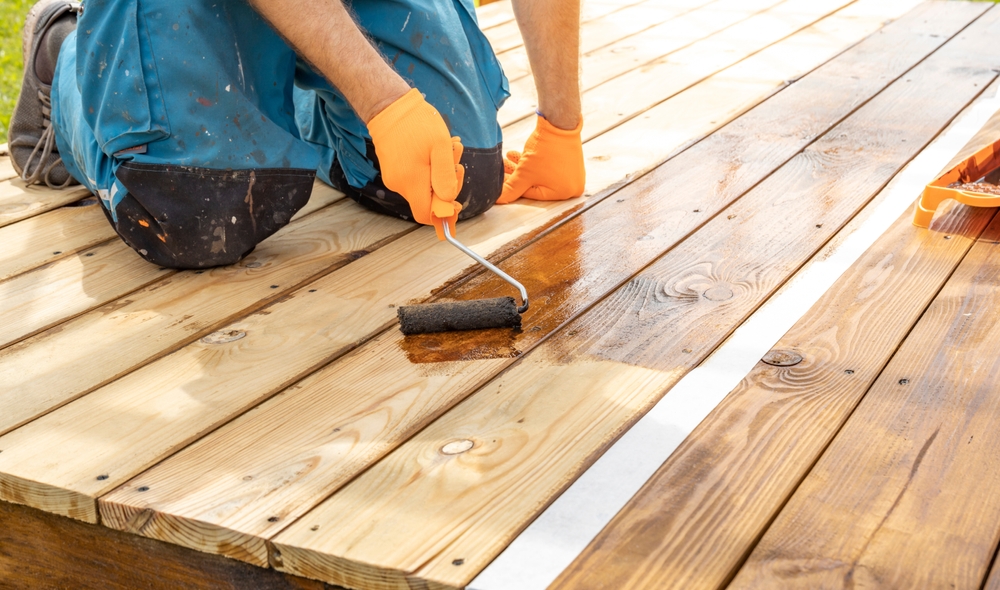Best Glue for Wood: A Comprehensive Guide
Choosing the right glue for wood can make or break a project. Whether you’re constructing furniture, repairing antiques, or completing a DIY craft, the adhesive you select is crucial. Different glues offer varied strengths, working times, and finishes. Understanding the properties of each can ensure strong and lasting bonds.
PVA Wood Glue: The Carpenter’s Essential
PVA, or polyvinyl acetate, is one of the most common adhesives for wood. It is often referred to as white or yellow glue. Its popularity stems from its ease of use, affordability, and reliable performance. PVA dries relatively quickly and forms a bond strong enough for most standard woodworking needs. It’s ideal for indoor projects where moisture resistance isn’t a primary concern.
- Advantages: Non-toxic and easy to clean with water, good for porous surfaces.
- Disadvantages: Limited moisture resistance; not suitable for outdoor projects.
For the best results with PVA, apply a thin coat to both surfaces being joined. Clamp firmly until the glue dries, usually within 30 minutes to an hour.
Polyurethane Glue: For Tough Jobs
Polyurethane glue is a versatile adhesive known for its strong bonding capabilities. It excels in binding different materials together—wood, metal, ceramics, and more. It foams and expands as it sets, filling gaps effectively. However, preparation is key; surfaces need to be slightly damp for best adhesion.
- Advantages: Excellent for exterior use; resists water and temperature extremes.
- Disadvantages: Messy application, requires careful handling to avoid excess foaming and residue.
Always wear gloves when using polyurethane glue, as it can stain skin. Once applied, clamping is essential to counteract the expansion as it cures.
Epoxy: For Precision and Strength
Epoxy resin is a two-part adhesive consisting of a resin and a hardener. When combined, they form a very strong bond, making it suitable for heavy-duty woodworking. It’s resistant to moisture, chemicals, and extreme temperatures, making it ideal for outdoor and marine applications.
- Advantages: Strong and durable; excellent gap-filling properties.
- Disadvantages: Longer curing time; requires thorough mixing and preparation.
Mix epoxy thoroughly for an ideal bond. It’s also available in various set times—quick-setting options cure in five minutes, while others take several hours.
Cyanoacrylate Glue: Fast and Effective
Often called super glue, cyanoacrylate (CA) glue is known for its fast-setting properties. It bonds quickly and is perfect for small repairs and projects needing speed. While it doesn’t bond wood as strongly as other glues for large projects, its convenience is unmatched for quick fixes.
- Advantages: Speedy application and setting; versatile bonding capabilities.
- Disadvantages: Poor heat and impact resistance; not advisable for load-bearing joints.
CA glue is extremely handy for tasks needing precision and minimal bonding area. Adding an accelerator spray can speed up bonding even further, though caution with placement is advised.
Hide Glue: A Traditional Approach
Derived from animal collagen, hide glue is one of the oldest woodworking adhesives. It’s reversible with heat and moisture, which makes it a preferred choice for antique restorations. It comes in both liquid form, which is easier to use, and as granules for hot-melt application with a glue pot.
- Advantages: Reversible property for repairs; provides a natural finish.
- Disadvantages: Lower strength over time; not water-resistant.
For craft and legacy furniture assembly, hide glue offers flexibility not found in modern adhesives. Its unique property of letting joints be taken apart and rebonded is invaluable for restoration experts.
Aliphatic Resin Glue: The Gold Standard
Commonly called carpenter’s glue, aliphatic resin is a variant of PVA. It’s yellow, thicker, and offers better initial tack and sandability than standard PVA. This glue is ideal for wood-to-wood bonds and is lauded for its consistent performance in professional woodworking.
- Advantages: Strong initial tack; sandable and paintable once cured.
- Disadvantages: Not suitable for infrequent woodworkers due to its cost compared to PVA.
When using aliphatic resin glue, liberal application is often recommended, followed by clamping for up to an hour for dependable results.
Choosing the Right Glue for Your Project
The choice of wood glue largely depends on specific project needs. Consider the environmental conditions, strength requirements, and materials involved. For indoor furniture, PVA or aliphatic resin glue suffices. Outdoor projects benefit from the durability of polyurethane or epoxy resins. Quick fixes can rely on cyanoacrylate.
Application Tips for Wood Glues
For optimal adhesion, preparation is critical regardless of the glue type. Ensure surfaces are clean, dry, and fit snugly together. The clamping time is crucial in ensuring the bond holds. Always read manufacturer’s instructions for specific conditions—including temperature ranges and curing times.
- Uniform application: Apply glue evenly across the surface to avoid weak spots.
- Correct clamping: Ensure enough force is applied to squeeze out excess glue and provide a tight bond.
- Temperature awareness: Work in a suitable environment as specified by the glue manufacturer.
Conclusion: Bond with Confidence
The glue you choose will directly affect your woodworking outcomes. By understanding the different types of wood adhesives and their strengths, you can make informed decisions. Ensuring strong and enduring bonds will enhance the quality and durability of your woodworking projects. Keep these insights in mind, and you’ll be better equipped to handle any woodworking task with confidence and skill.

